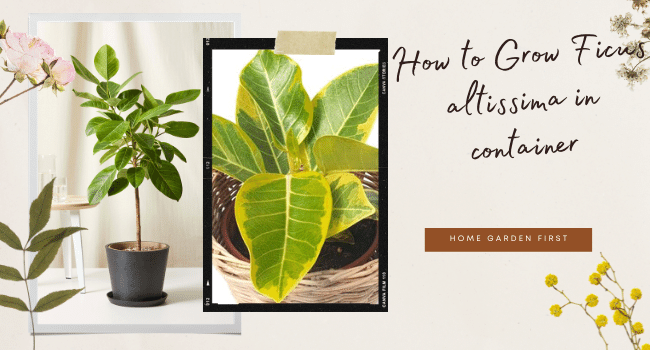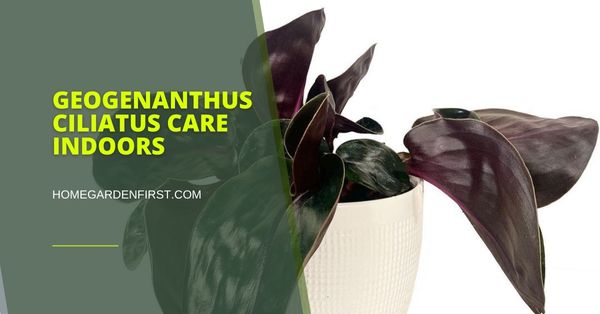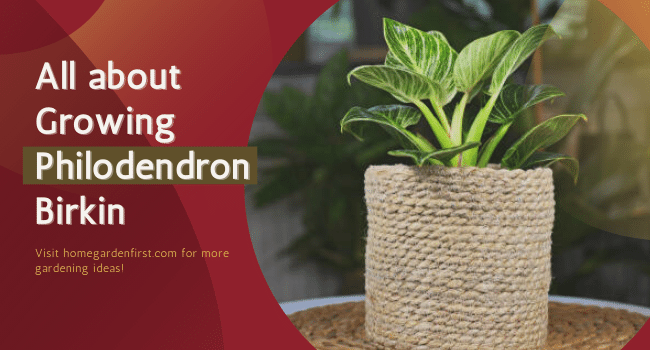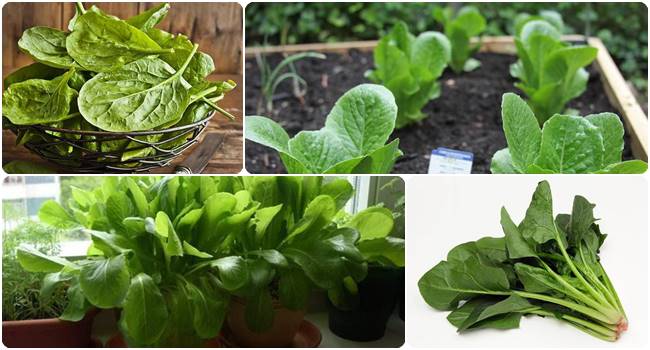Baltic Blue Pothos Care Indoors | Grow Baltic Blue Pothos
Baltic blue pothos features attractive foliage with blue undertones. Learn all about Baltic blue pothos care Indoors in this growing guide.
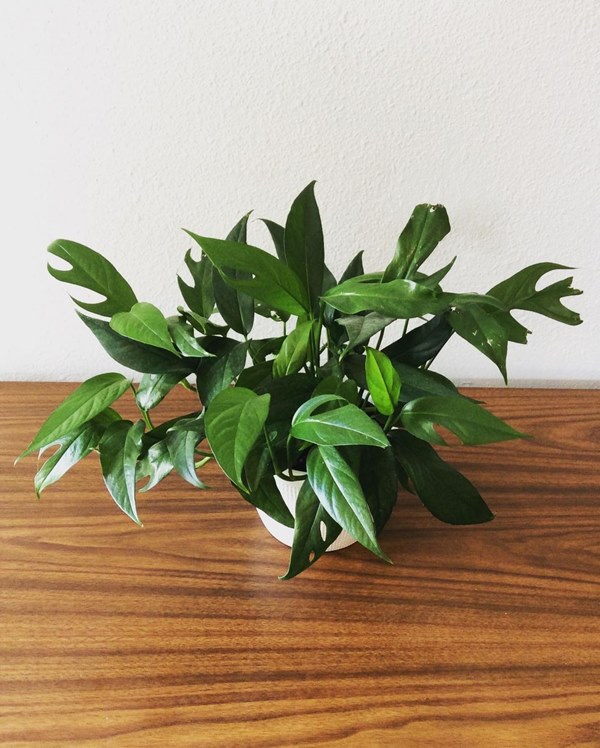
Botanical Name: Epipremnum pinnatum ‘Baltic Blue
Baltic blue pothos is a stunning cultivar of pothos that features a bluish cast when foliage matures. Apart from the stunning hues, fenestrations over foliage also add to the appeal of Baltic blue pothos. Grow it in hanging baskets, let the stems sprawl or Install a trellis or moss pole for it to grow upright. Know all about Baltic blue pothos care indoors by going through this post!
How to Grow Baltic Blue Pothos
Place Baltic blue pothos at a spot with access to medium to bright light. Water once a week when the soil feels dry to the touch. Go for a well-draining potting mix that’s formulated for houseplants. Propagate stem cutting in water, potting mix or sphagnum moss.
Related Post: How to Grow Cebu Blue Pothos
Propagating Baltic Blue Pothos
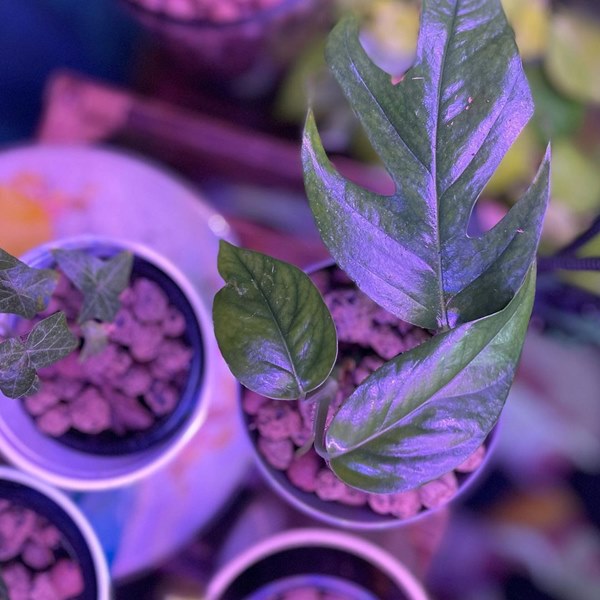
Like other pothos cultivars, it’s easy to propagate Baltic blue pothos from cuttings. Take cutting in spring and summer as it’s in the active growth phase during this period. There are two ways to root cuttings, i.e., potting mix and water. The steps are mentioned below:
- Take a 6-8 inches long cutting from a healthy stem using sterilized and sharp scissors or shears.
- Remove the bottom half of the leaves and dip the end in the rooting hormone (optional).
- Place the cutting in a clean water jar or a well-draining potting mix.
- Change the water once a week, and you’ll notice within a couple of weeks, roots will start to grow.
- Once the roots are 2-3 inches long, you can transplant them in a well-draining potting mix.
Congrats, you have successfully propagated Baltic blue pothos!
You can also propagate the cutting directly in potting mix. Poke a hole in the potting mix and place the cutting in the hole. Lightly tap at the base, so cutting remains upright. Keep the potting mix moist and locate it in a warm spot. Soon you’ll see new growth forming! Propagation in sphagnum moss is another way to propagate Baltic blue pothos.
Choosing the Container
Whatever the pot’s material is, ensure that it has drainage holes at the bottom. Initially, you can start in a small pot of 6-8 inches in size. Once the plant becomes pot-bound, transplant it to a container two sizes large.
Location
Locate Baltic blue pothos at a spot where it receives medium to bright light. You can place it near an east- or west-facing window or a well-lit balcony. Ensure it’s protected from direct sunlight, especially in summer, as it can scorch leaves.
Soil
General houseplant potting mix that’s airy works well for Baltic blue pothos. Check the label for perlite and coco coir (peat moss), as they make the potting mix airy and prevent waterlogging. You can also add these ingredients later on in the potting mix.
Watering
In springs and summers, thoroughly watering once a week will suffice. Cut back watering in winter to once every 2-3 weeks. A good indicator that the plant is receiving less water is wilting.
Temperature and Humidity
The ideal temperature range for pothos is from 65 to 90 degrees F, but a slight deviation from the ideal range won’t cause any adverse effect. If the surrounding air is comfortable for you, it’s also comfortable for Baltic blue pothos. In dry conditions misting around the plant will help.
Baltic Blue Pothos Care
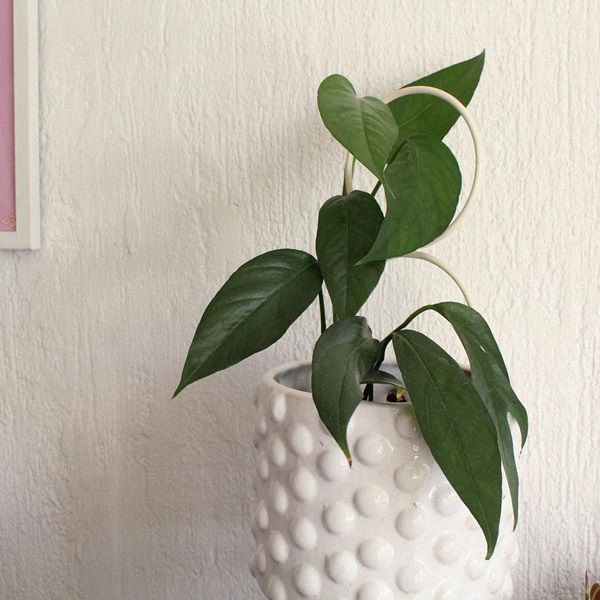
Pruning
If you want to keep Baltic blue pothos as a trailing plant, there is no need for pruning. Pinch back the new growth if you desire bushier and fuller growth. Make sure to use sharp and sterile tools for pruning.
Fertilizer
Use a good-quality houseplant fertilizer twice a year to keep Baltic blue pothos thriving. Stick to the instructions on the label rather than overfertilizing, as it can cause more harm than good. Also, avoid fertilizing in winter.
Pest & Diseases
Common garden pests such as Aphids, Spider Mites, and Mealybugs can cause some damage to the foliage. Handpick these pests or apply neem oil solution over the foliage. Root rot caused due to overwatering can be detrimental to the plant’s health.
